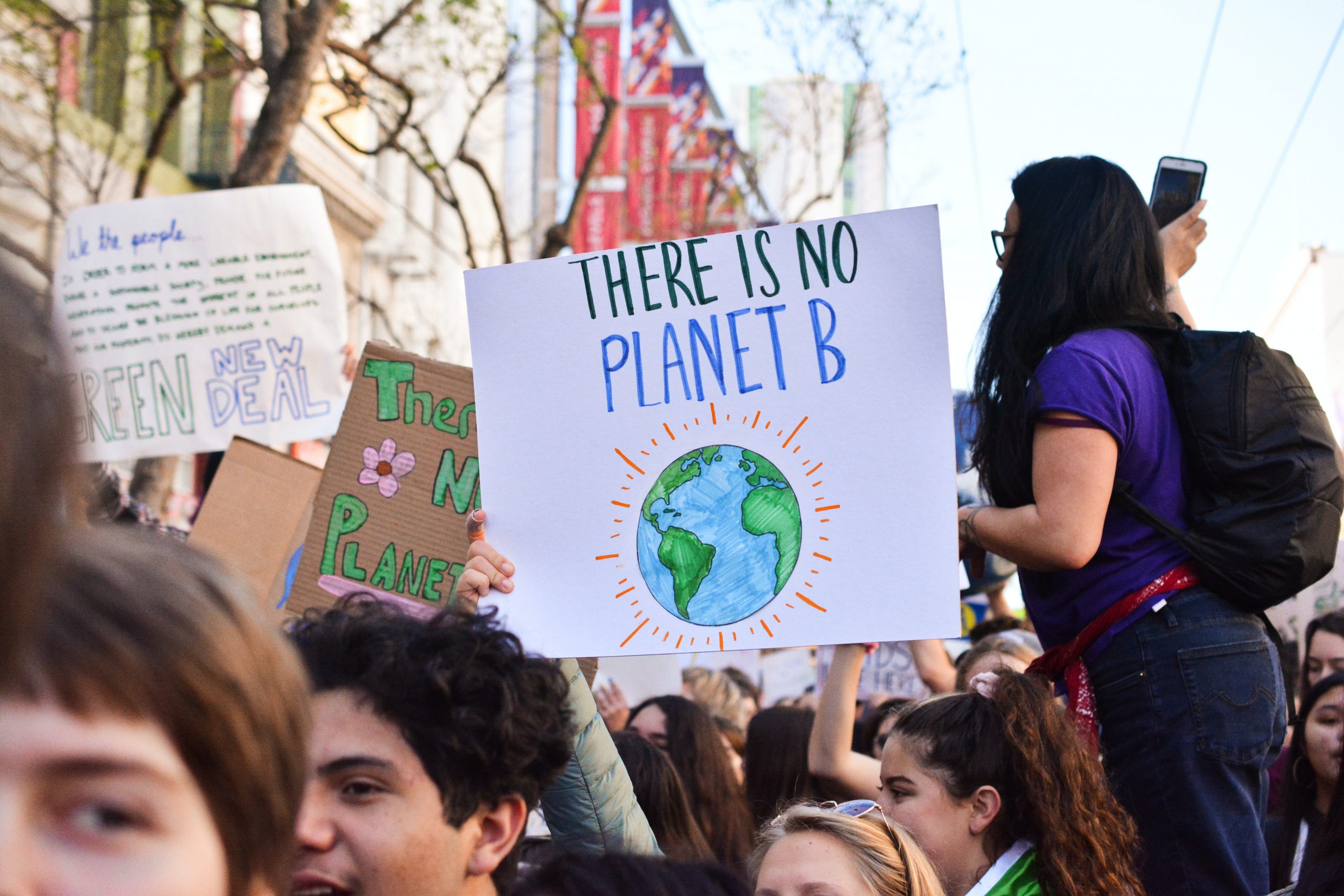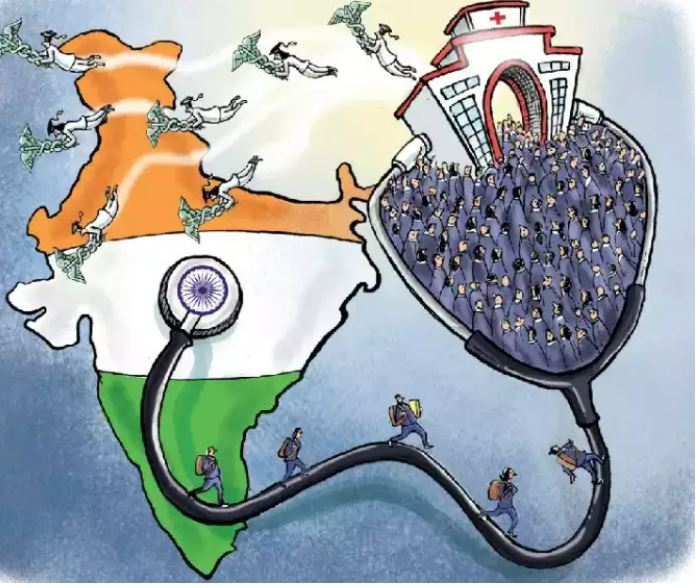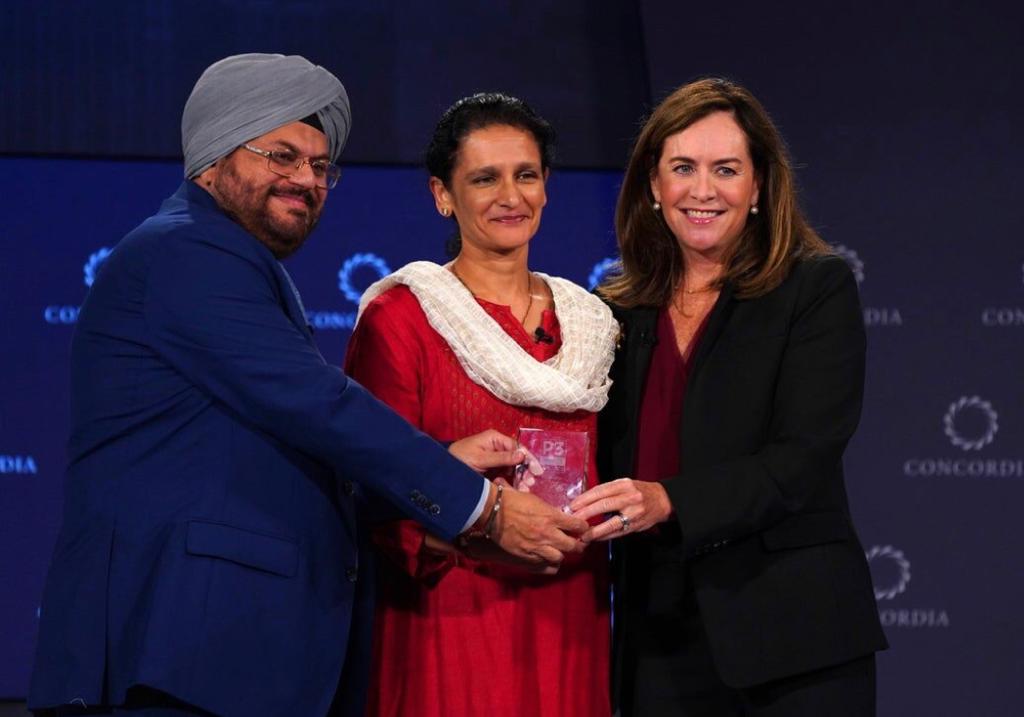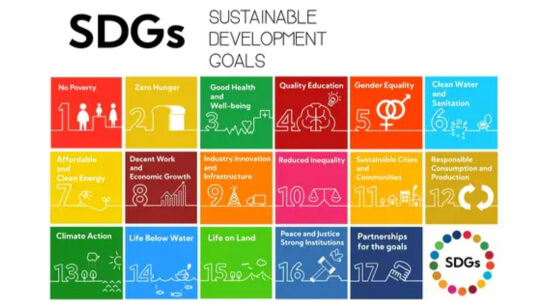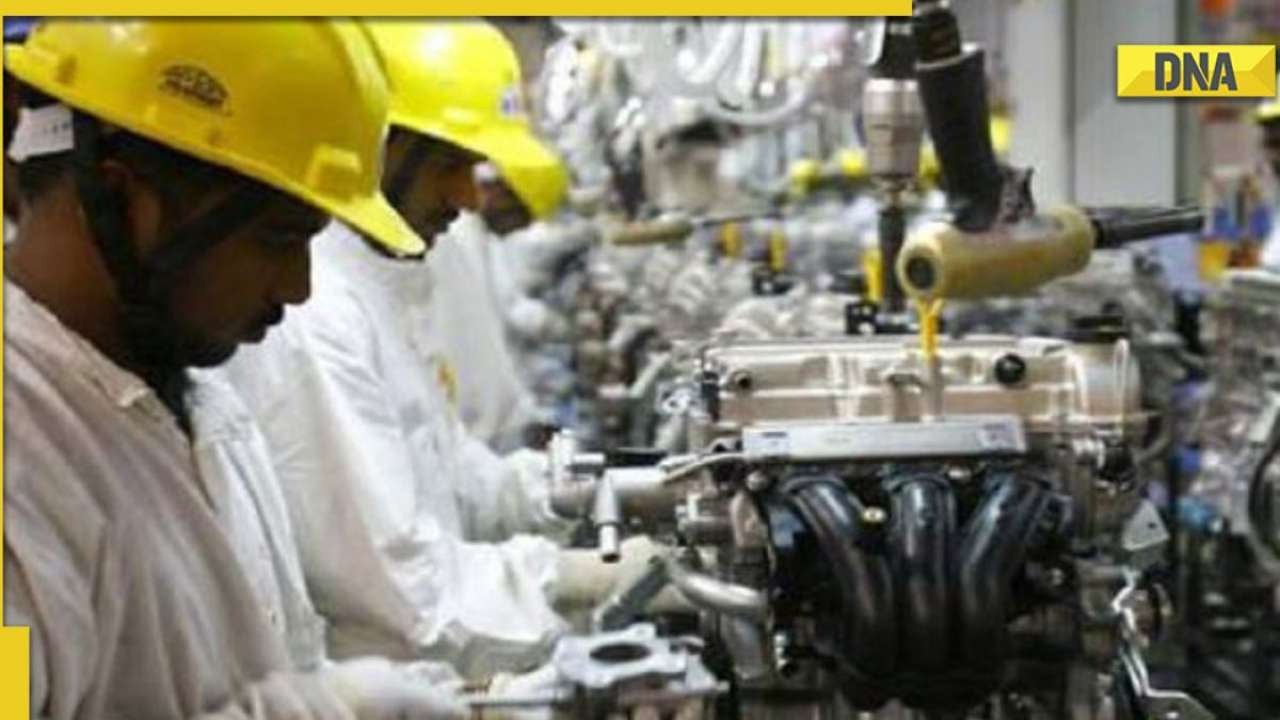Sushant Anand from IPE Global looks back at COP 21 and its implications or India.
Over the past month we have witnessed a plethora of concurrent discussions pertaining to the most pressing climate change issues across the world on account of the 21st edition Conference of the Parties (COP 21). The event had representation from all nations along with the international think tanks and other stakeholder organisations.
The discussions entailed exhaustive negotiations to articulate the onus and responsibilities of the various participating nations to counter the adverse effects concomitant to the rising global temperatures. World leaders from US, Russia and China further enunciated the gravity of the prevailing climate change adversities, making it serious business for everyone.
SIGNING UP TO A GLOBAL DEAL
Through a series of negotiations amongst nations, reconciling and justifying their contribution to carbon emissions, collective will had prevailed. The concerns regarding intergenerational equity in resources and depleting conditions, weighed out the current drive for economic development. The intensity of deliberations culminated with a consensus filled with exhilaration and excitement.
For the first time ever, a deal related to climate change had united all of the world’s nations in a single agreement to cut down greenhouse gas emissions. The key elements of the deal included:
- to keep global temperatures “well below” 2.0C (3.6F) above pre-industrial times and “endeavour to limit” them even more, to 1.5C
- to limit the GHG emissions by human activity to a level it could be absorbed by nature (vegetation, soil and water bodies)
- to review contribution of each country to limit their respective emissions every 5 years and subsequently scale up the challenge
- to engage rich countries to support the poor nations adapt well to climate change by mainstreaming renewable energy in their respective energy portfolios (USD 100 Bn a year as climate finance by 2020, with a commitment to further finance in the future).
The deliberations were mainly centred on the rise in global temperaturesjudged to be approaching 2 degrees Celsius above pre-industrial times due to incessant human activity over the past couple of centuries. The agreement has been posed as a blessing for most low-lying vulnerable island nations and the least developed countries that lacked the wherewithal to fight the effects of climate change. Timely implementation and action is expected to bring about the desired ecological balance imperative for sustained habitation on this planet.
The climate agreement further recognizes the effect on lesser developed countries with graver development challenges by “Emphasizing the intrinsic relationship that climate change actions, responses and impacts have with equitable access to sustainable development and eradication of poverty”.
WILL THIS DEAL WORK FOR INDIA?
But in context of how well this complex deal works for India, one needs to first understand the Indian scenario with respect to climate change. India would need to conform its strategy towards climate change abatement aligned to the agreement; it would do so only after a progressive review of goals and monitoring frameworks along with unpacking the ‘Common but differentiated responsibilities’ phrase to consider national circumstances. While National circumstances may have multiple connotations at different times of stress in the form of economic conditions, technology development, capacity building etc, there will have to be constant negotiations with such considerations and the climate change agenda. Much depends on how the development trajectory of our nation is driven in consonance with resource utility.
India is therefore in a tricky space where it needs to discover the sweet-spot between development and welfare of almost 1.4 billion people while holding up emissions (cooking fuel, electricity, industrial power use etc.) needed for the survival of its growing population. As international agreements drive domestic actions, the influence of the Paris conference may trigger voluntary deliberations for efficient energy systems with the backdrop of climate finance or aid which may ease the stress on economies struggling with other immediate development expenditures. This may only be possible by national pledges for participation to ensure a widespread positive change that promises a greener globe tomorrow. International pledges should be a function of national introspection by reconciliation of local issues which may or may not fit into the bill, enveloping the ‘promise to comply’.
While the deal preserves space for India to respond to immediate energy needs, only with a caveat that we may have to justify our strategies towards energy security in the future, subject to international scrutiny. Energy security is no more a national business due to global implications and creates immense scope for Indian contribution owing to an intermediate stature in terms of international politics, economic spine, technological and resource potential and human resource capacities. The 21st Conference of the Parties, is by all means a ‘Deal’ when we account in all major influencing variables.





